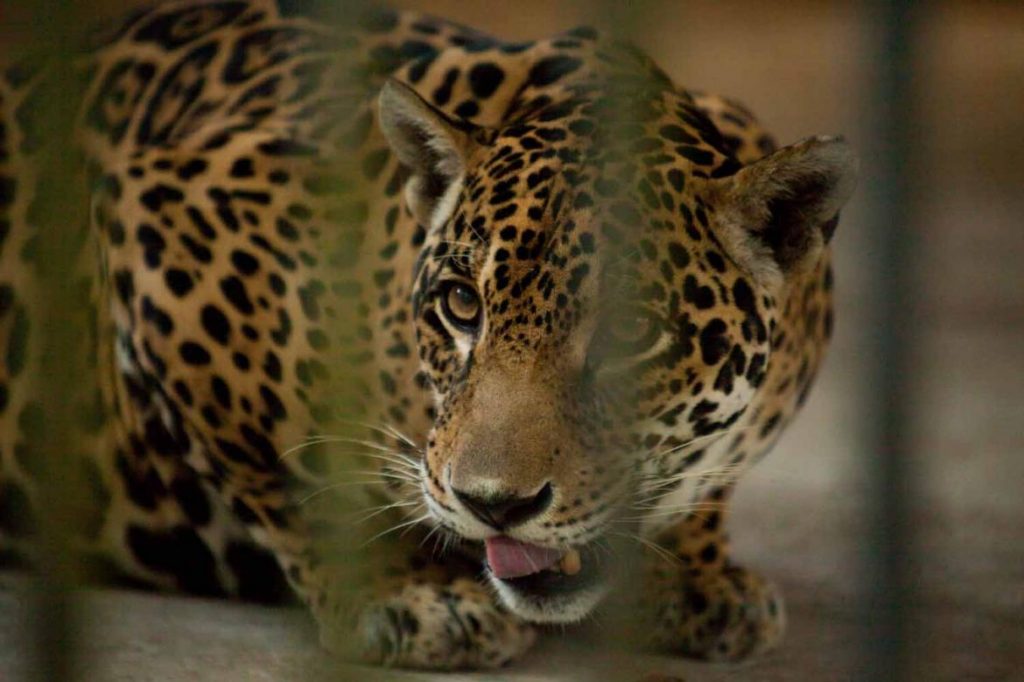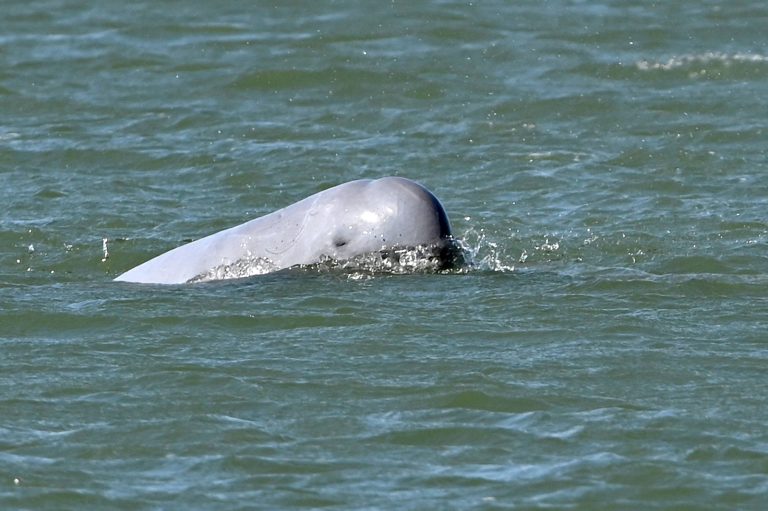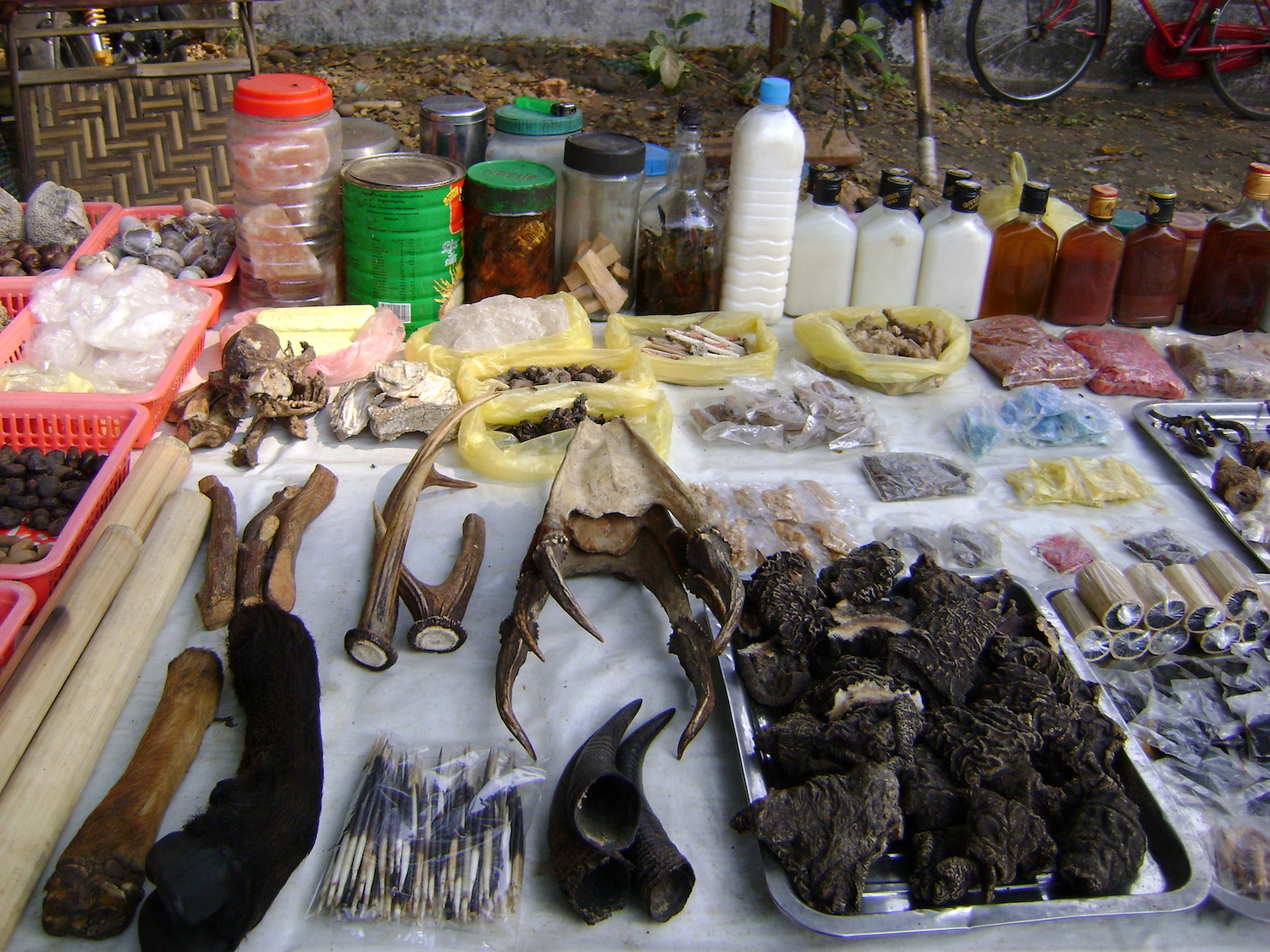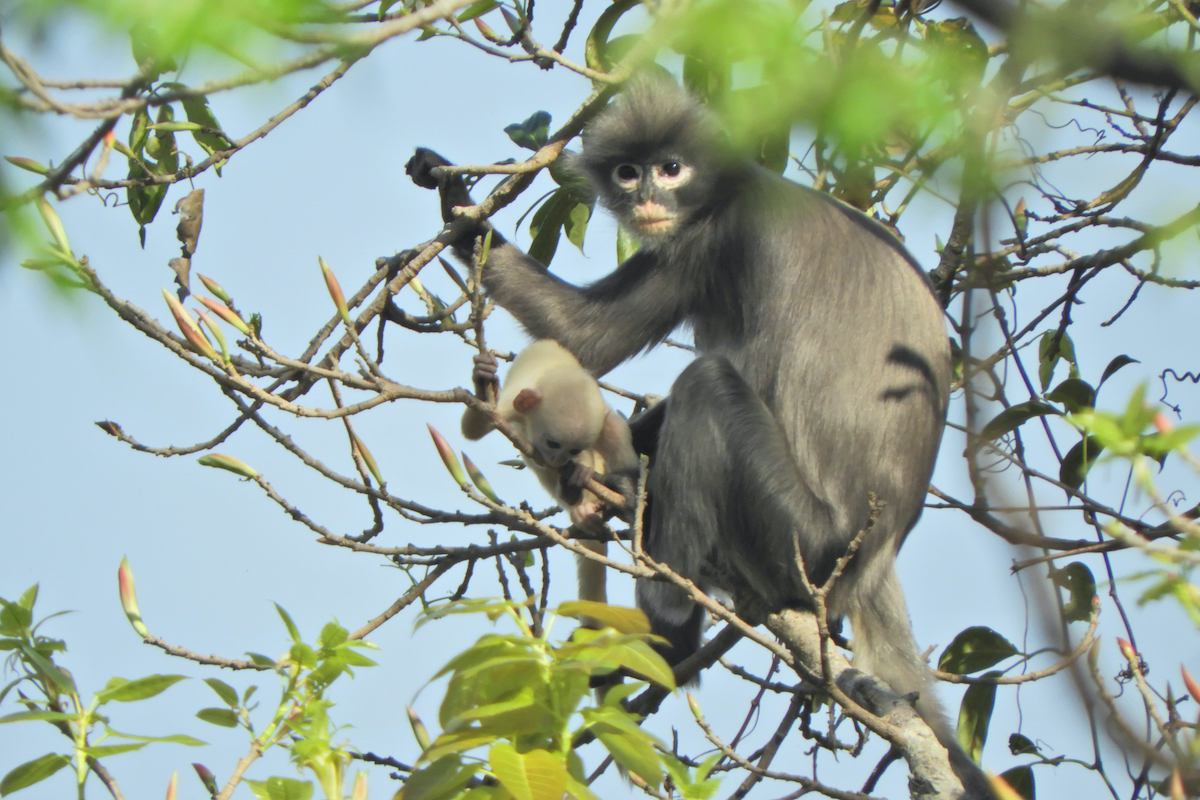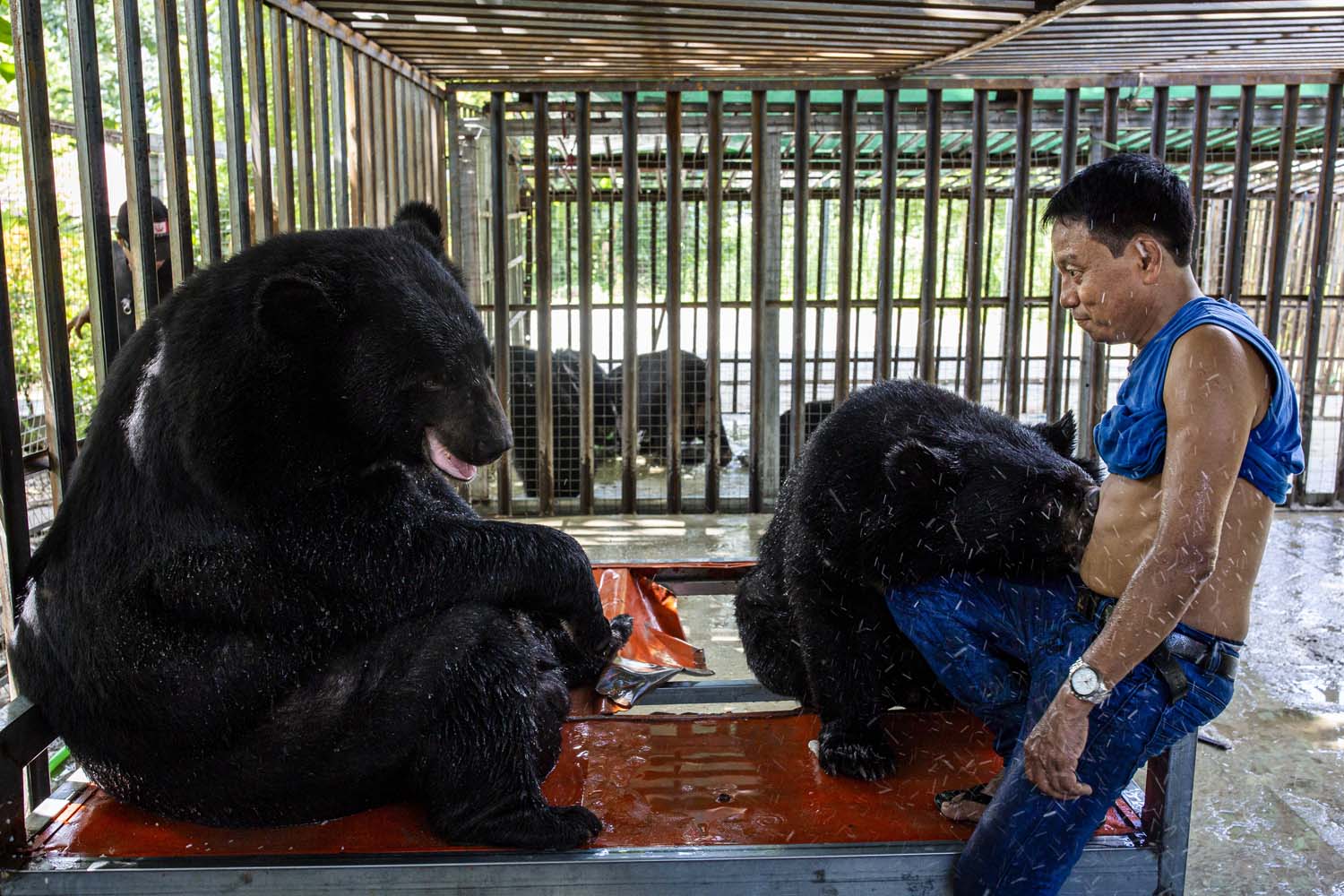Staff at Yangon’s controversial but well-meaning zoo aim to educate the public about the country’s disappearing wildlife.
By JARED DOWNING | FRONTIER
Photos THEINT MON SOE — J
As Frontier spoke with Dr Tun Myint, chief veterinarian of Yangon Zoo, two endangered Burmese star tortoises (Geochelone platynota) were shuffling around in a tank near his bookshelf. His office is not technically part of the zoo’s clinic, but the tortoises were showing signs of a cold and Tun Myint had brought them in so they could feel the benefit from his heat lamp.
Meanwhile, two tropical birds were chittering away in the room next door; they had recently been donated and the office was acting as a de facto halfway house before they could be put in their enclosure. From outside came the sounds of an eight-month old tiger, which staff had named after pop star Mimi Kay because of its loud, shrieking roar.
jtms-ygnzoo1.jpg
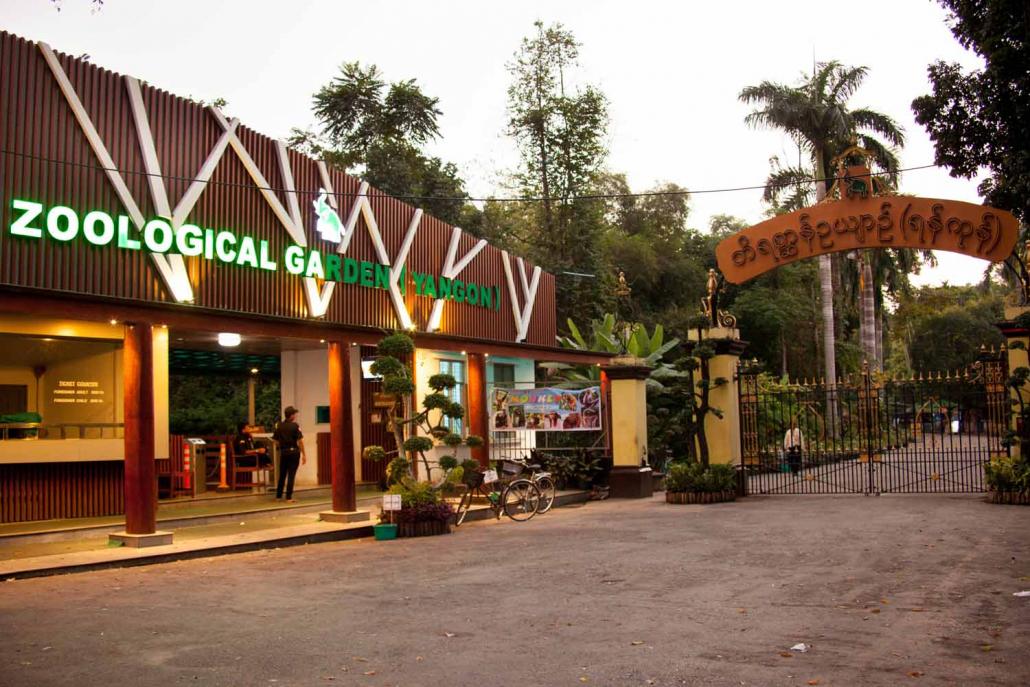
Even behind his desk Tun Myint cannot escape the zoo, but he doesn’t mind.
Support more independent journalism like this. Sign up to be a Frontier member.
“I love the animals. I love to figure out what is wrong with them, and I love to help them,” he said.
It was a passion that came as a surprise to him. He wanted to go into medicine, but wasn’t interested in putting in the years of study to be a general practitioner. Becoming a dentist didn’t interest him, so he became a vet.
Now, as the zoo’s head veterinarian (one of two on staff), all 1,338 of its 132 species are Tun Myint’s personal pride and joy. These include long-term residents such as hippos, elephants and monkeys, as well as animals on loan from zoos abroad, such as a set of jaguars who have recently arrived from Japan.
jtms-ygnzoo10.jpg
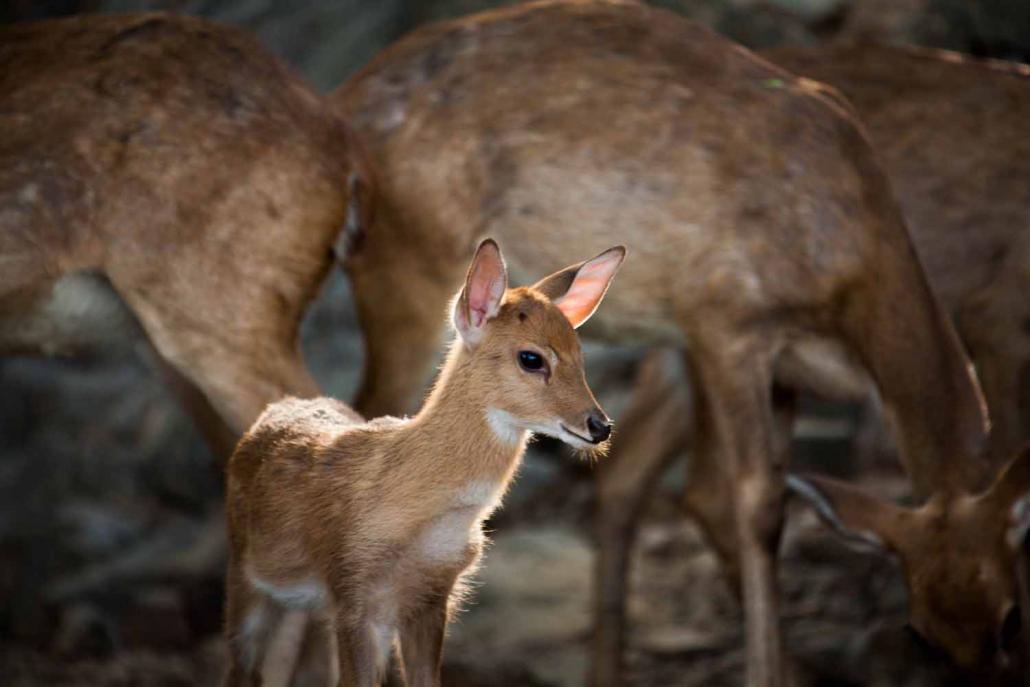
It lacks the robust menagerie of the exotic specimens at its sister zoo in Nay Pyi Taw, but has a strong collection of animals native to Myanmar and Southeast Asia, such as the Asian black bears (Ursus thibetanus) and a red panda, that may be overlooked by other zoos with a world of fauna at their disposal.
Founded during the British colonial period, the shady area on the southern edge of Kandawgyi Lake has been open for 111 years, Tun Myint boasts. For him, its metal-bar cages and concrete padlocks (the kind you might see in a children’s picture book) are a point of pride. “The zoo is an antique,” he said.
jtms-ygnzoo12.jpg
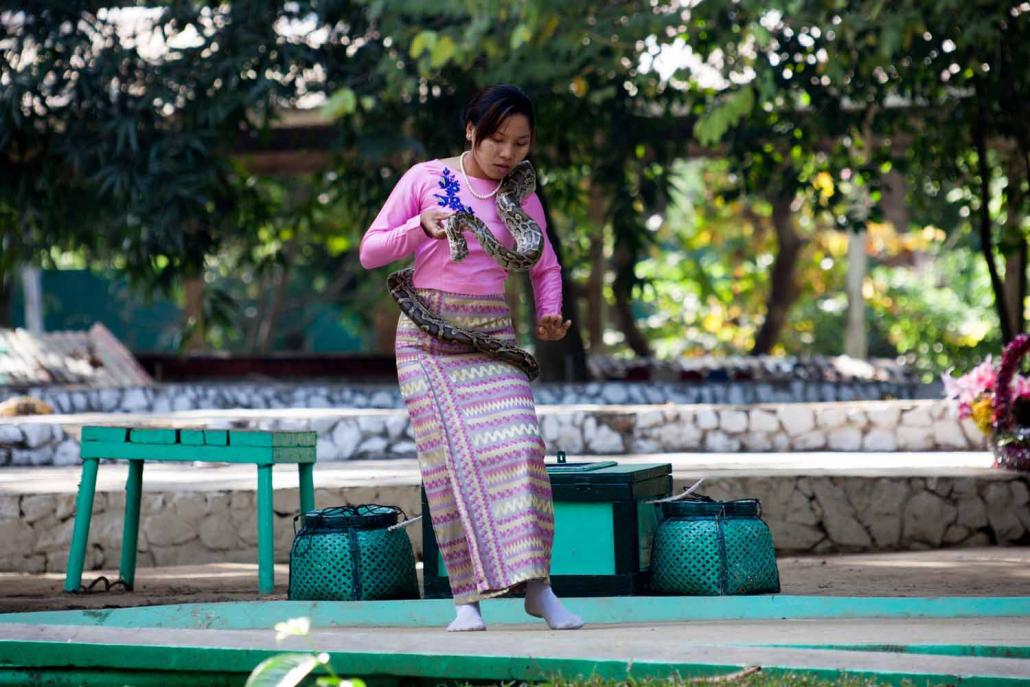
But these remnants leave a different impression on visitors used to the organic, immersive designs of modern zoos (including the one in Nay Pyi Taw, which opened in 2008) and who would prefer to see animals in glass cages rather than those made of steel. In May, the Myanmar Times criticised the zoo for its small enclosures and described a “grotesque” animal show in which the zoo “is forcing its elephants to perform strenuous tricks in temperatures upwards of 40 degrees Celsius”.
jtms-ygnzoo2.jpg
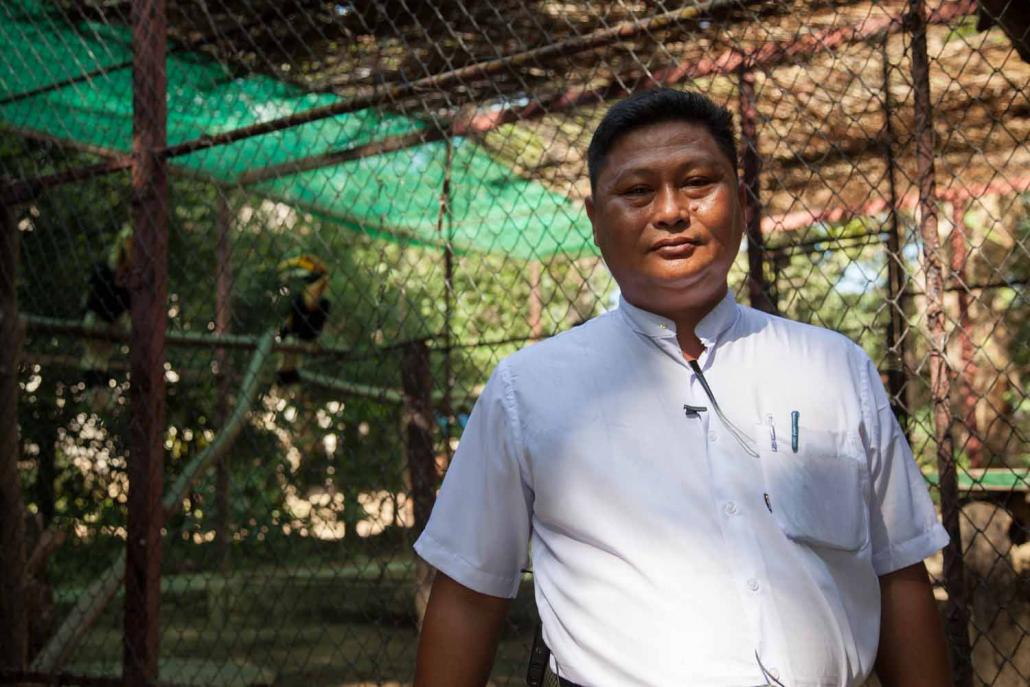
Dr Tun Myint, the zoo’s chief vet, enjoys teaching visitors about Myanmar’s endangered animals.
The show in question also includes monkeys, dogs and dancing cobras, which perform with snake-trainer U Sein Win. He wears a shirt painted with dragons and nat spirits for protection, and says the ink of the talismanic tattoos that cover his body are infused with cobra venom.
“I have been bitten 22 times,” he said proudly. “I am in my sixties now, but when I am performing with the snakes I move like I am 35.”
jtms-ygnzoo20.jpg
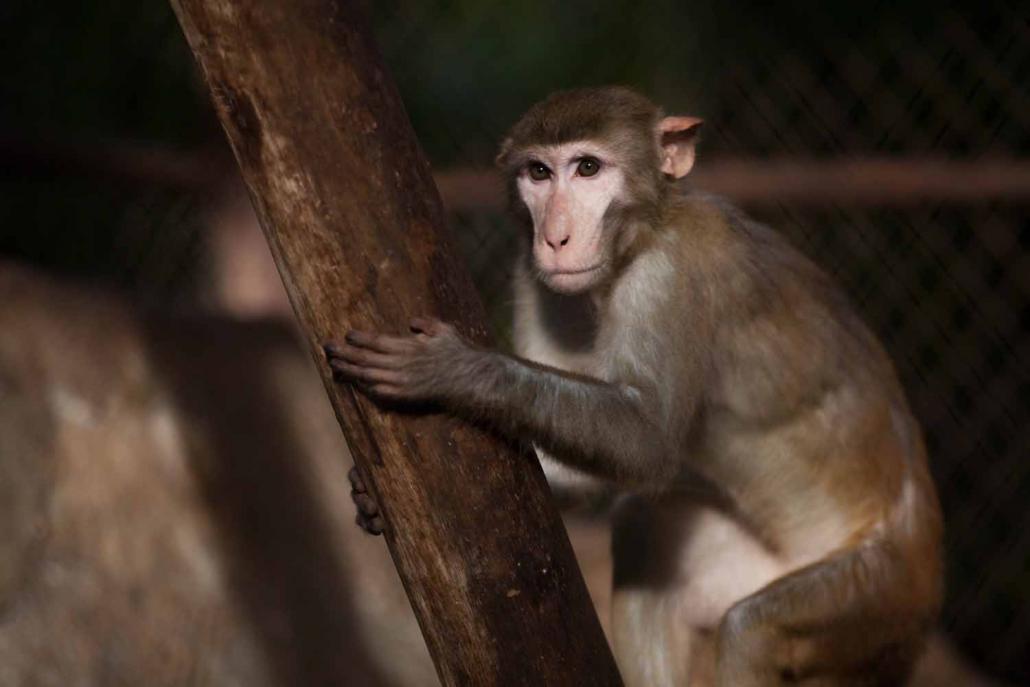
For its critics, these circus antics make the zoo more about entertainment than education, and exploitation instead of conservation. But Tun Myint rejects the criticism. He disagrees that the enclosures are too small or that the animals are comfortable.
“Even when an animal escapes [usually a monkey or bird, and thankfully not a tiger], they often come back on their own. It is their home,” he said.
“It is 111 years old, so developing it to make it look like the Nay Pyi Taw Zoo is probably not realistic. We just do the best we can with what we have.”
jtms-ygnzoo28.jpg
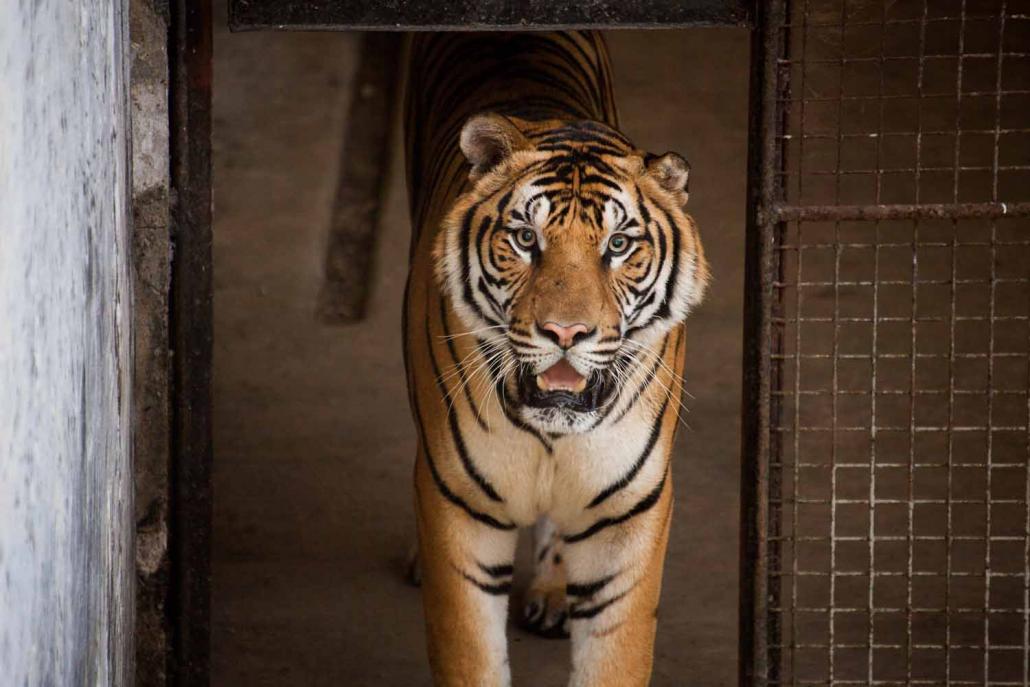
As an indication of his priorities, at the top of his wishlist is not new displays, but medical facilities to help the animals behind the scenes. (Tun Myint works with only one other staff veterinarian and said the zoo’s clinic can only handle rudimentary treatments.) For more serious and complex cases, they bring in specialists from Thailand or Singapore.
But the zoo’s biggest veterinary needs aren’t about specialist or modern equipment, but manpower. Even simple procedures like X-rays or administering anaesthetics would take a team of veterinarians if the patient were a rhinoceros.
“Not so long ago an elephant couldn’t give birth. We had to gather veterinarians from around the city to help,” said Tun Myint.
jtms-ygnzoo8.jpg
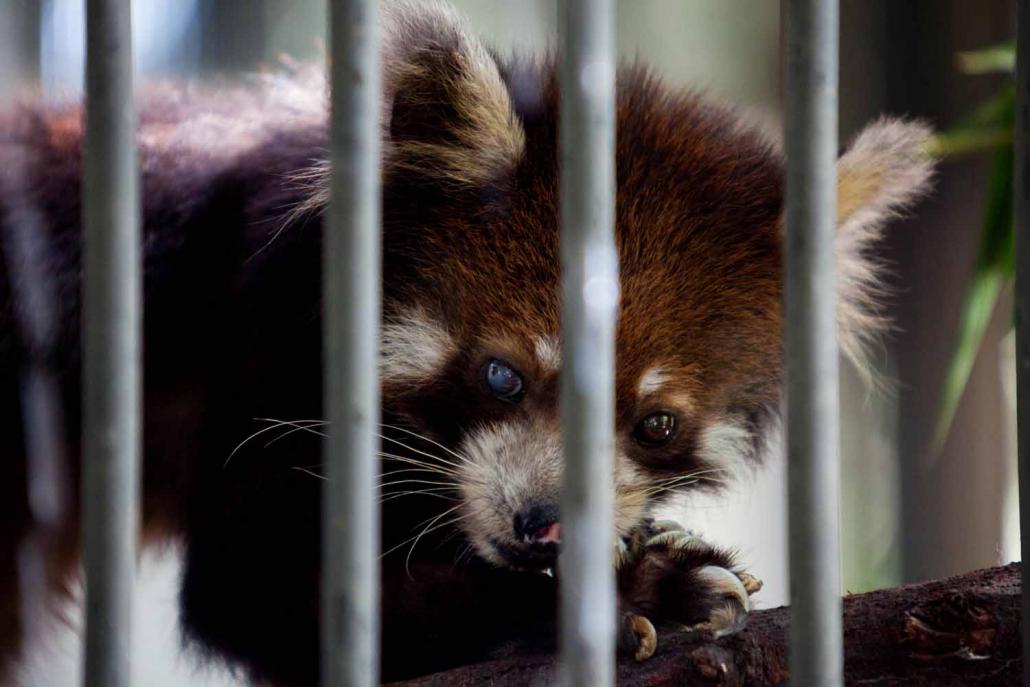
The Czech Republic Zoological Society, which has a long relationship with Yangon Zoo, is currently examining the possibility of building a full veterinary hospital.
In response to criticisms of the zoo, Tun Myint argued that the real mistreatment of animals occurs far from the city, where poachers still run rampant and animals, alive and dead, are exchanged across the borders to China, India and Thailand.
In addition to the high-profile poaching of animals such as tigers and elephants, “poaching and trading of snakes, turtles and other reptiles is lesser-known but growing,” Tun Myint said, adding that many of the species or their body parts are used for traditional medicine, especially in China.
jtms-ygnzoo32.jpg
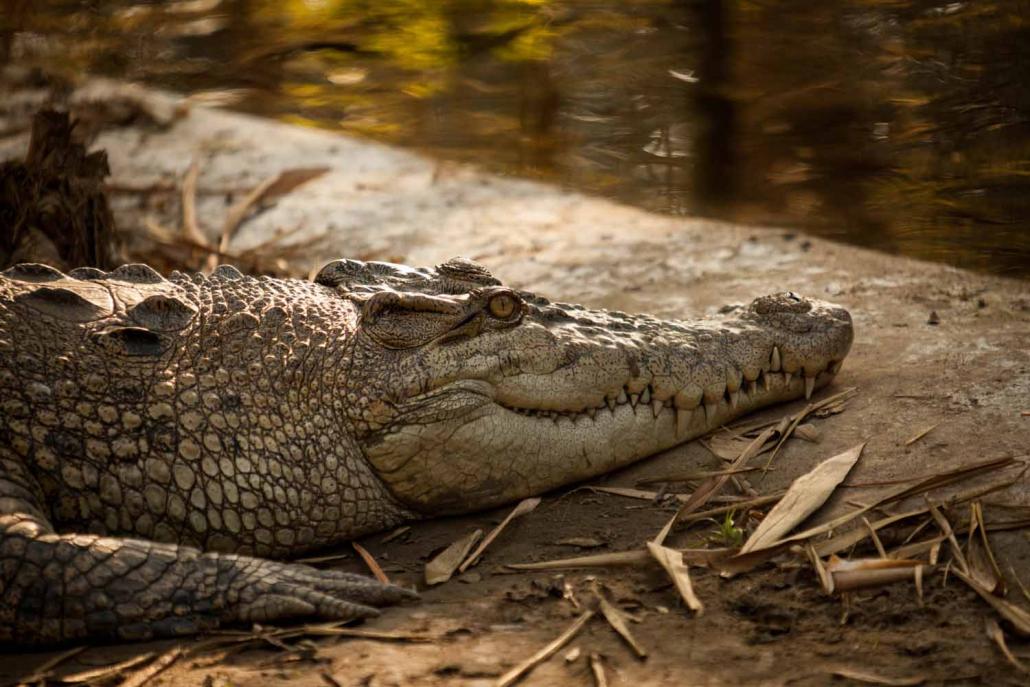
For example, the pangolin, a small aardvark-like animal that is present in Myanmar, has been described as the world’s most trafficked animal, and its scales are often used for traditional medicine.
As well as facts about the animals, zoo guides try to educate visitors about endangered, at-risk and commonly trafficked species.
“They explain what to eat and not to eat and what animal products not to use,” Tun Myint said.
jtms-ygnzoo42.jpg
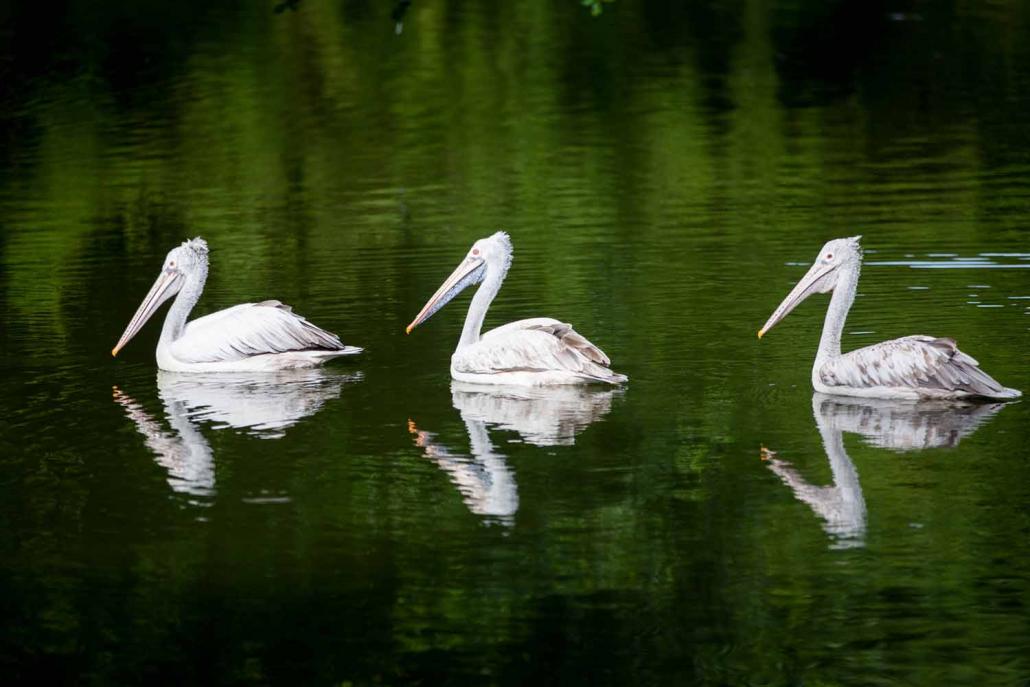
Many of the zoo’s own residents were rescued from poachers by the Forest Department, under the Ministry for Natural Resources and Environmental Conservation. The bears, for example, were deemed too dangerous to humans to be released into the wild and were instead sent to the zoo to breed.
Nevertheless, a mere cart ride away from Tun Myint’s clinic, elephants dance on stools and a man in a dragon shirt charms snakes. But for the chief veterinarian, the zoo’s most important work happens behind the cages: conserving Myanmar’s animals, raising public awareness and healing every turtle and tiger – even the ones under his desk.


